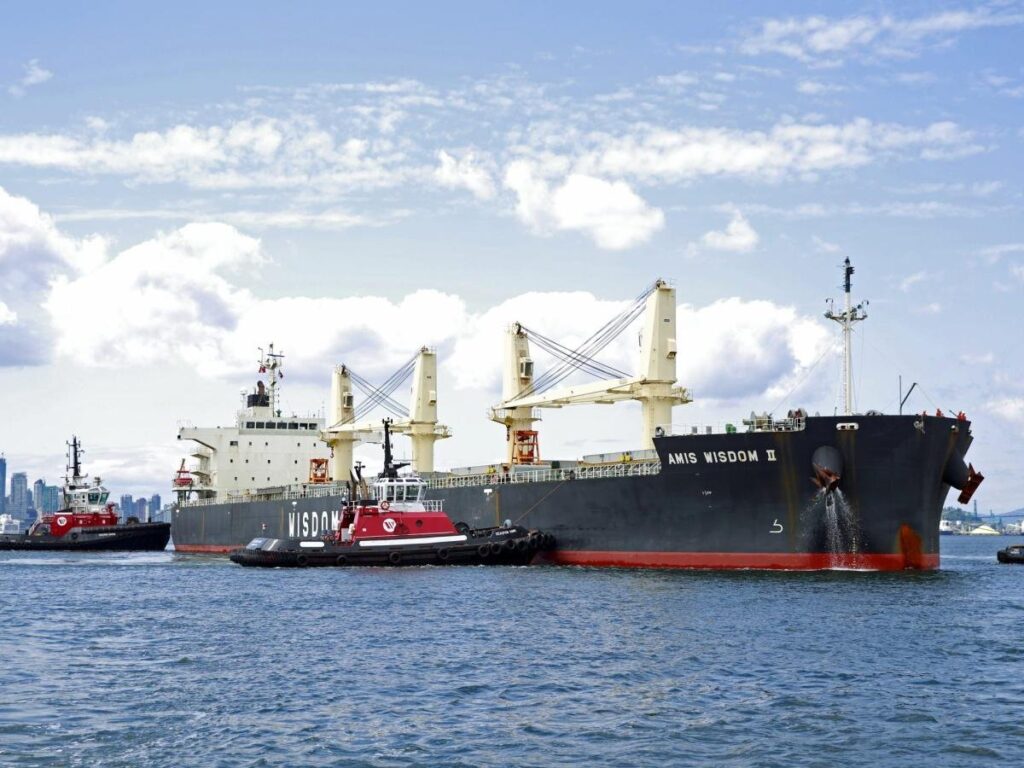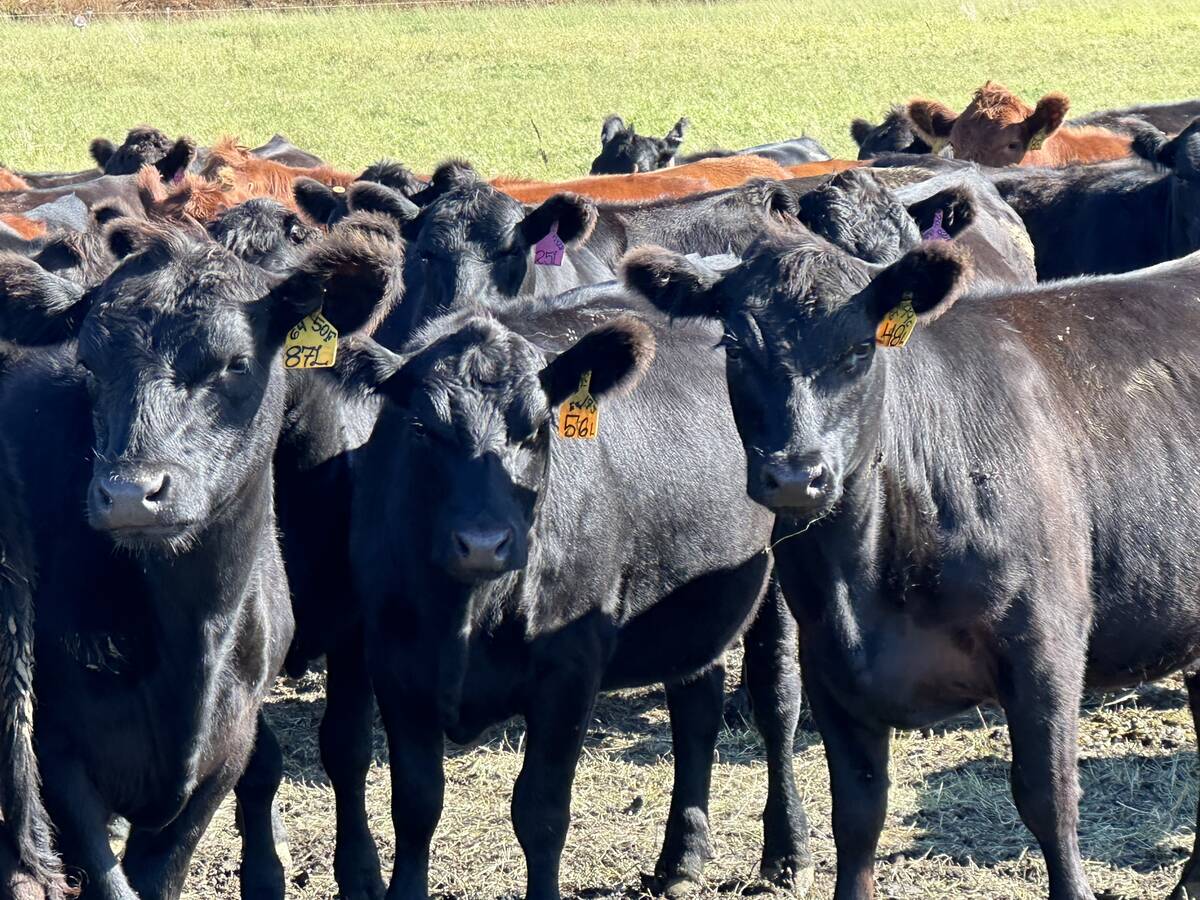Canola sector awaits Chinese anti-dumping investigation

SASKATOON — The U.S. Department of Agriculture is forecasting robust Canadian canola exports in 2025-26 despite the potential loss of its top market.
It has penciled in 7.6 million tonnes of exports in its latest World Agricultural Supply and Demand Estimates report.
That would be down from the 8.75 million tonnes forecast in the current campaign, but up from the 6.75 million tonnes shipped in 2023-24.
Read Also


Beef farmers find big premiums for replacement heifers
The price of replacement heifers is through the roof in Western Canada, and beef producers are getting creative when marketing cattle to take advantage
The USDA is ignoring China’s anti-dumping investigation into Canadian canola exports that was launched in September 2024.
“Consideration was given to the anti-dumping investigation, but current policies in place guide our forecasting methodology,” Luke Cummings, agricultural economist (oilseeds) with the USDA’s Foreign Agricultural Service, said in an email.
He noted that China’s existing policies still allow for importing Canadian canola, and the country has been buying a lot because Chinese feed manufacturers need canola meal.
Processors need to import seed and crush it domestically rather than importing the product directly due to China’s 100 per cent tariff on Canadian canola oil and meal.
MarketsFarm analyst Bruce Burnett said nobody knows how long China’s anti-dumping investigation will take.
“It is moving as fast or slow as the (Chinese) government wants it,” he said.
China’s anti-dumping investigation into Australia’s barley exports took 18 months.
If the Canadian canola investigation lasted the same amount of time, that would have it wrapping up in March 2026, toward the end of the upcoming 2025-26 crop year.
The Australian barley investigation resulted in China implementing an 80.5 per cent anti-dumping tariff that was in place for nearly three years. The tariff was finally removed Aug. 5, 2023.
Burnett said he wouldn’t be surprised if China went ahead with an anti-dumping tariff on Canadian canola, but he also wouldn’t be surprised if they didn’t.
He said it’s a legitimate risk factor for 2025-26 that has the potential to drastically alter exports.
China has been a voracious buyer of Canadian canola in 2024-25, purchasing 3.7 million tonnes through the first eight months of the crop year, according to the Canadian Grain Commission.
That’s up about one million tonnes from the same period last year.
China has bought more than three times as much as Japan, which is Canada’s second largest canola customer this year.
Retired USDA economist Fred Gale wrote in his Dim Sums blog that the prospect of tariffs on Canadian canola has prompted Chinese companies to stockpile seeds and oil.
A group of Chinese futures market analysts recently toured canola processing and trading companies in Sichuan Province and the Chongqing Municipality in southwestern China.
“No anti-dumping tariffs on canola have yet been announced, but the Sichuan-Chongqing study tour learned that Chinese importers have been stockpiling imported canola and oil in anticipation of higher tariffs,” said Gale.
The region relies on rapeseed/canola oil to make the chili-infused oil that forms the base of hotpots and fried cuisine, although soybean oil is increasingly displacing rapeseed/canola oil.
China is starting to import more Russian canola, but companies visited on the tour complained about difficulties settling transactions with Russian exporters and excessive fibre in Russian canola meal.
Burnett said global demand for Canadian canola remains strong. He thinks there is enough for a repeat of this year’s strong export performance.
However, that won’t happen because supplies will be limited. The USDA is forecasting 1.60 million tonnes of carryout from the 2024-25 crop, down from 2.75 million tonnes the previous year.
He thinks the USDA’s 2025-26 export forecast seems reasonable if China does not close its doors.
Burnett said China will have a tough time shutting out Canadian canola because canola oil offers good value these days compared to soybean oil.
There are also legitimate questions about where China would source its canola from because Australian canola isn’t allowed into the country due to concerns about blackleg disease.
As well, Ukraine’s crop is in trouble this year with some analysts forecasting two to 2.5 million tonnes of production, well below the USDA’s estimate of 3.7 million tonnes.
Source: producer.com


